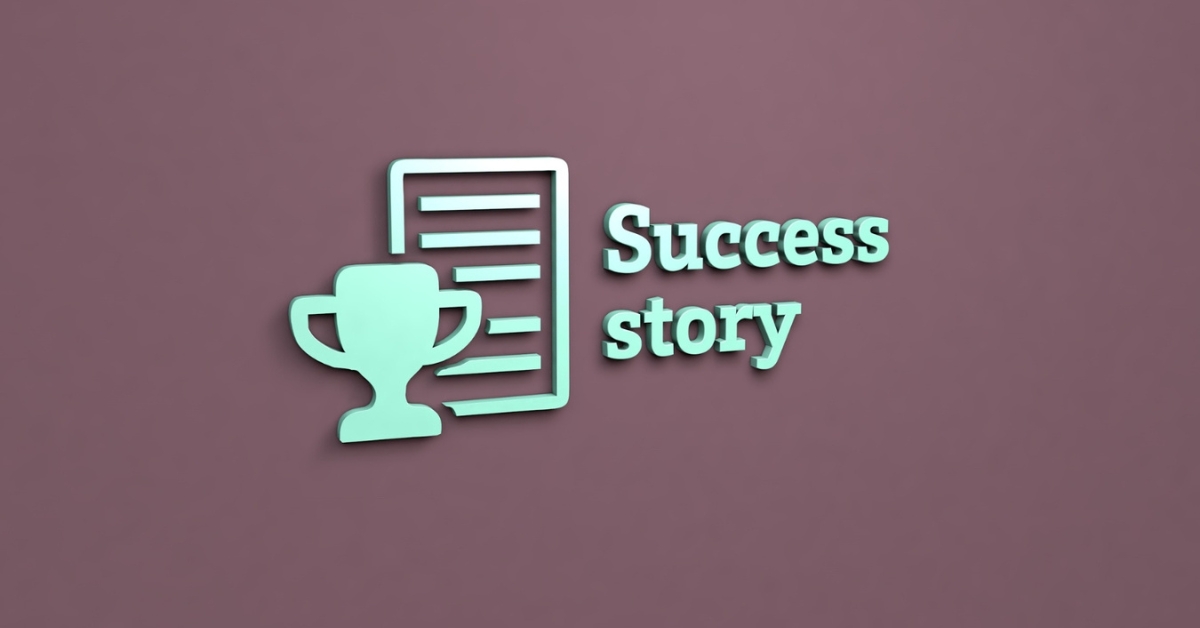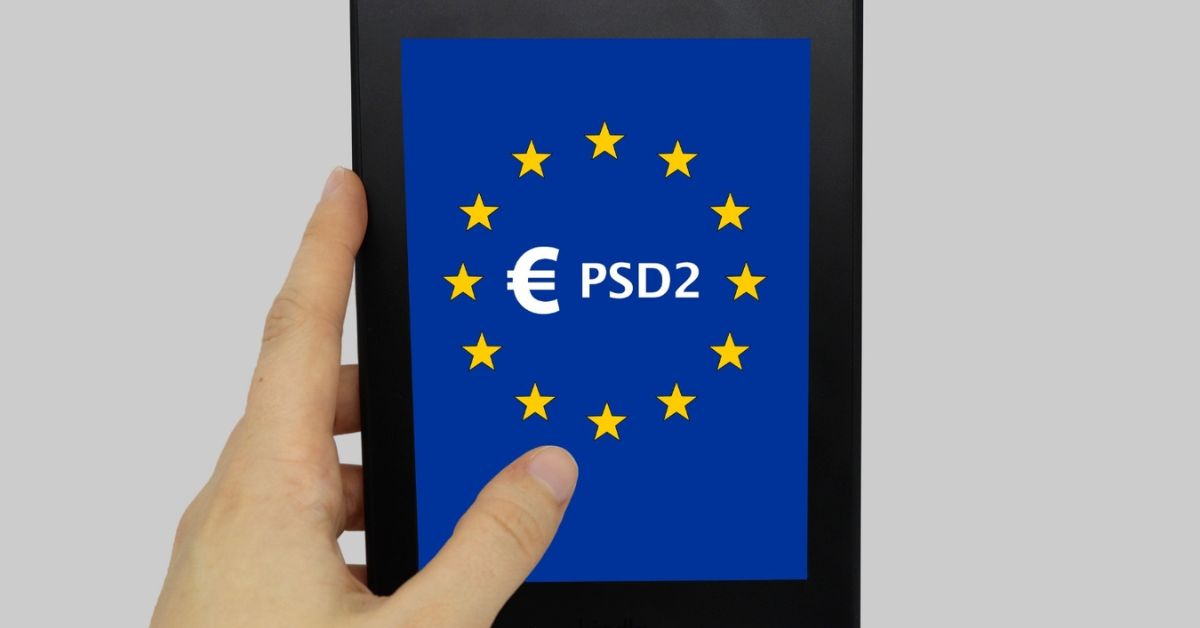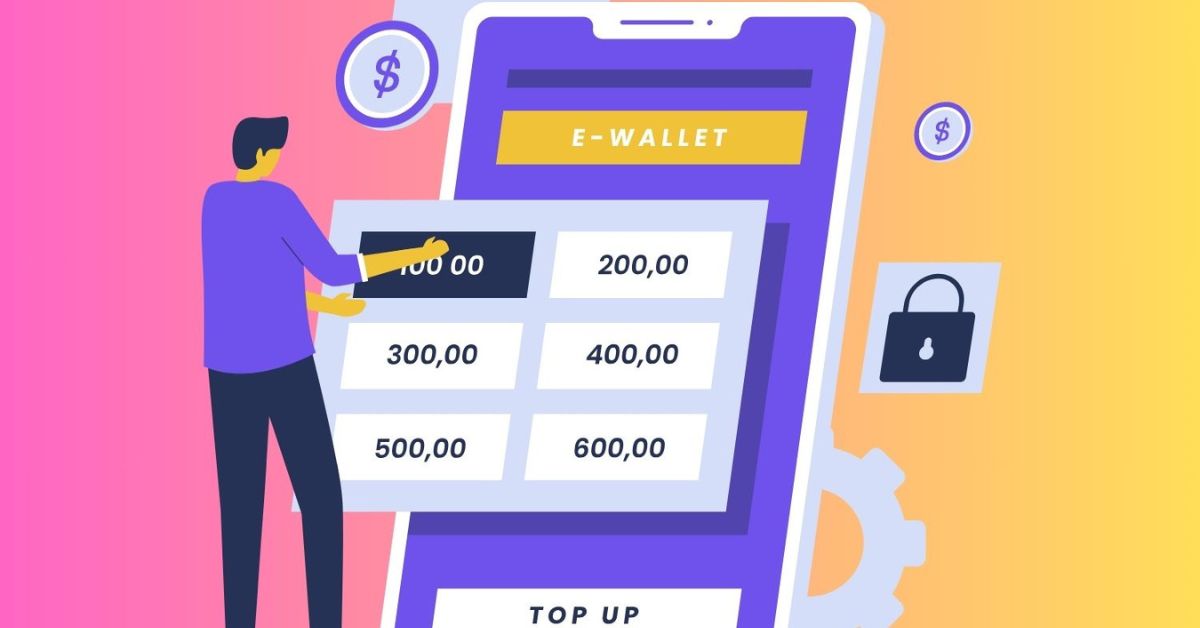Introduction
Open banking revolutionizes the financial industry by enabling secure data sharing, real-time transactions, and personalized financial services. By leveraging Application Programming Interfaces (APIs), banks, fintech companies, and third-party providers can create innovative solutions that enhance the customer experience.
From faster payments to more intelligent financial planning, open banking has paved the way for new business models and improved financial accessibility. Here are real-world use cases and success stories that demonstrate the power of open banking.
1. Instant & Seamless Payments
Use Case: Faster and Cheaper Bank Transfers
Traditional payment methods often involve high fees and long processing times, especially for cross-border transactions. Open banking allows real-time payments directly from bank accounts, eliminating intermediaries.
Example: The UK’s Open Banking Initiative—In the UK, businesses and consumers use open banking-powered apps like TrueLayer to make instant payments, reducing reliance on credit cards and cutting transaction costs.
Faster checkout for e-commerce payments
Lower processing fees for businesses
More secure transactions without sharing card details
2. Personalized Financial Management
Use Case: AI-Powered Budgeting and Expense Tracking
Open banking lets consumers link multiple bank accounts into one app, providing real-time financial insights, spending analysis, and budget recommendations.
Example: Yolt and Mint – These fintech apps allow users to track spending habits, set savings goals, and receive financial advice based on their banking data.
Consolidated view of financial data from different banks
AI-driven financial planning & savings suggestions
Better control over expenses
3. Alternative Lending & Credit Scoring
Use Case: Loans for the Underbanked
Traditional banks often require a strong credit history, which many individuals lack. Open banking provides real-time income and transaction data, allowing lenders to assess creditworthiness beyond conventional credit scores.
An example is Tink & Plai. These platforms enable lenders to analyze applicants’ financial data and offer fairer and faster loan approvals.
Access to credit for gig workers and freelancers
Fairer loan terms based on actual financial activity.
Faster and more transparent lending decisions
4. Embedded Finance & Buy Now, Pay Later (BNPL)
Use Case: Smarter Payment Options at Checkout
Retailers and e-commerce platforms integrate open banking-powered BNPL services, offering flexible payment plans directly linked to bank accounts.
Example: Klarna and Afterpay. These platforms allow customers to split payments into interest-free installments, reducing their reliance on credit cards.
Increased purchasing power for consumers
Higher sales conversions for businesses
Lower risk for merchants through real-time affordability checks
5. Automated Business Banking
Use Case: Streamlined Cash Flow for SMEs
Small businesses benefit from open banking-enabled automated invoicing, real-time financial tracking, and direct bank payments.
Examples: Xero and QuickBooks. These accounting platforms use open banking APIs to sync transactions, automate expense reports, and simplify tax filing.
Faster reconciliation of accounts
Reduced admin work for businesses
Improved financial decision-making
Conclusion
Open banking transforms financial services by making payments faster, budgeting brighter, lending fairer, and business banking more efficient. From personal finance apps to instant payments and embedded finance solutions, real-world success stories prove that open banking is not just a trend but a game-changer for the global economy.
As adoption grows, expect even more innovative applications and financial empowerment for individuals and businesses worldwide.
#OpenBanking #DigitalPayments #FintechInnovation #SmartBanking #FinancialTechnology
Categories



